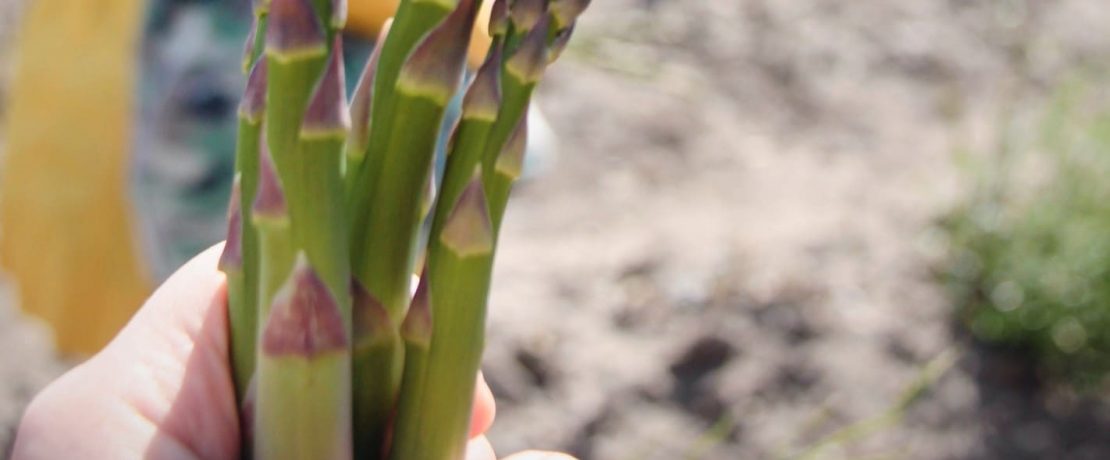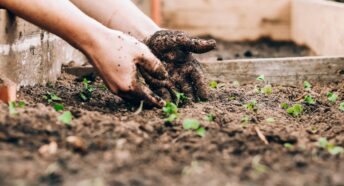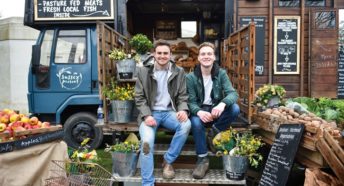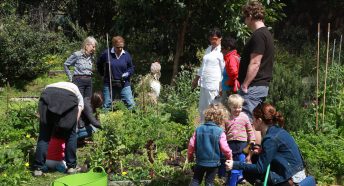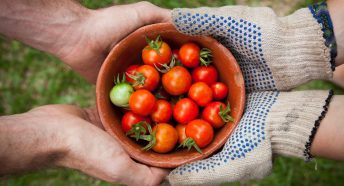On the trail of local food heritage
CPRE Norfolk volunteer Anne Kurdock sets out on the trail of a local delicacy: asparagus.
On a cloudy Sunday morning in May, armed with a flask of tea and a camera, my colleague and I set off for the Formby coast in Lancashire. Unusually for us, we weren’t attempting to catch a glimpse of the famed red squirrel or enjoy a stroll along the sea. Our mission was unique: to find and discover more about the once highly coveted Formby asparagus. And if we were lucky we might have the opportunity to take home a bunch for ourselves.
As a proud allotment owner and strong supporter of locally-produced food, I first became fascinated by Formby asparagus through reading about Slow Food’s Ark of Taste programme. In the UK, this project searches out British forgotten foods that are on the verge of being lost due to intensive, mass production farming practices. It aims to raise awareness and protect our food heritage, so that these foods may be rediscovered and returned to the market.
Formby asparagus is one of the four heritage foods of Lancashire identified by the Ark of Taste programme. So when I discovered that the National Trust had its very own Asparagus Trail on its property in Formby I had to go along for a special ‘walk and talk’.
The National Trust has done a brilliant job with the project, which was several years in the making and partially funded by the Heritage Lottery Fund. The trail itself circuits the property passing both historical and active asparagus fields and includes an array of interpretation points along the way that include life-sized wooden carved statues, listening points and photograph-rich information boards. The Trust has based much of their information on the local recollections among the community who farmed the asparagus, and local artist Simon Archer’s sculptures aim to connect people with the landscape and its history.
As I discovered on the walk, at the height of farming here in the 1920s and 1930s, more than 200 acres were cultivated and Formby asparagus could be found in the likes of Harrods, Covent Garden market and aboard Liverpool luxury ocean liners. Yet this highly labour intensive crop, with its short harvest period (traditionally from St George’s Day on 23 April to the summer solstice) and fairly small yields, was in serious decline by the 1950s.
Only a very small number of farmers still grow asparagus in Formby but the trail passes by some of the fields of Larkhill farm, which has been cultivated by the Brooks family for several generations.
The landscape looked almost lunar with its sandy-grey terrain marked by long high ridges called drills. The spears sticking up from this ground looked like no other crop I was familiar with and I’m told that later in the season when the plants have been allowed to run to seed with their tall and delicate fronds, it becomes even more otherworldly.
Before completing our walk we were treated to a short talk given by a local farmer who showed us how the asparagus are washed, cut and bunched in preparation for sale. Today there aren’t any large retailers for the farm to sell their crop to. During the short harvesting season they sell all they can produce directly to the public and on this particular Sunday I was lucky enough to secure a couple of bunches for myself.
On the last leg of the walk our group was able to reflect on the rich history of the place, the local communities involved in this farming and a way of life that has always embraced change and continues to do so today. This shifting cultivation, just like the shifting sands at Formby, could be said to be unique to this area but maybe adaptation and survival are keys to preserving much of our local food heritage.
I might add a final note on my evening’s meal. How did I enjoy my own Formby asparagus? Set atop a lightly poached egg and scattered with a generous helping of parmigiana shavings. Life doesn’t get much better.
